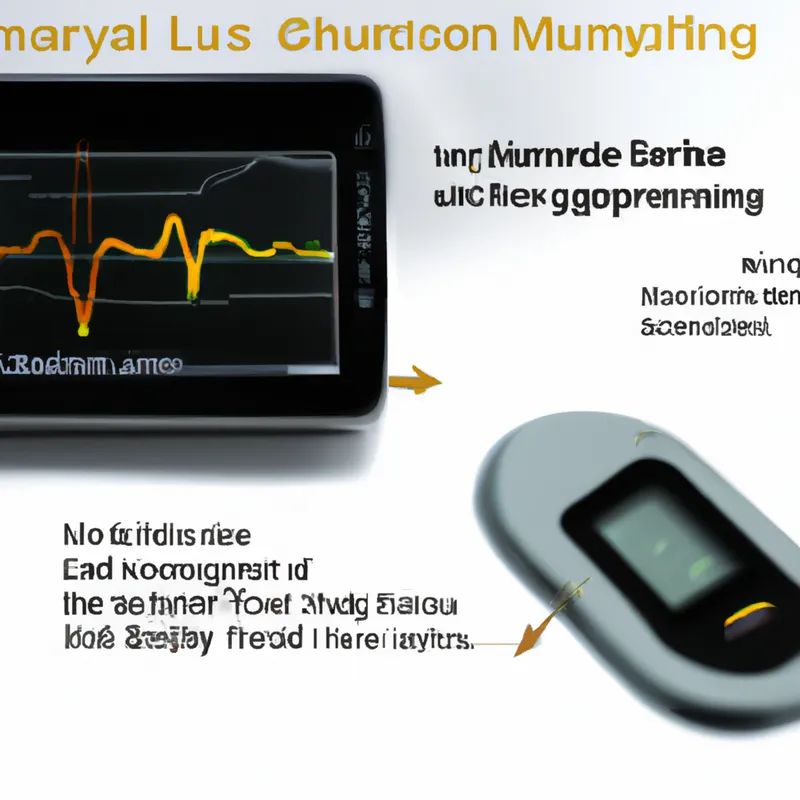Revolutionize Movement: EMG Tech’s Evolution Explained
The Evolution of EMG Technology: From Lab to Wearable Devices
Electromyography (EMG) technology has evolved significantly since its inception. It started in laboratories and clinical settings but now includes wearable devices. This shift has increased accessibility for a broader audience. This blog post explores EMG technology’s journey, current applications, and future potential.
The Origins of EMG
EMG began in the early 20th century as a scientific tool for studying muscle function and diagnosing neuromuscular disorders. Researchers used bulky, stationary devices to measure electrical signals from contracting muscles. The first EMG recordings provided crucial insights into muscle health and function, paving the way for future advancements.
In the 1960s and 1970s, electronics advancements led to compact EMG equipment development. Researchers collected data more efficiently and accurately, enabling larger studies on muscle behavior. Despite these innovations, EMG technology remained confined to laboratories and hospitals, requiring trained professionals for operation and interpretation.
The Rise of Portable EMG Devices
Entering the 21st century, miniaturization and wireless communication sparked a new era for EMG technology. Engineers began developing lightweight, wearable sensors, enhancing EMG monitoring practicality. These portable devices transmitted data in real-time, allowing immediate analysis and feedback.
During this time, companies explored integrating EMG sensors into consumer products. Athletes and fitness enthusiasts became early adopters, monitoring muscle performance during training and competitions. Real-time tracking provided athletes valuable insights, helping them optimize training and prevent injuries. This shift changed how people perceived and utilized EMG technology.
Transition to Wearable Technology
In the last decade, wearable technology has surged, with smartwatches, fitness trackers, and health monitors becoming common. EMG technology also evolved, with devices offering real-time feedback on muscle activity. This integration made EMG accessible to athletes and everyday individuals interested in health monitoring.
Wearable EMG devices come in various forms, including straps, sleeves, and adhesive patches. These devices fit seamlessly into daily routines, allowing users to monitor muscle performance during workouts or everyday tasks. By enhancing accessibility, these devices have created new opportunities for health and wellness monitoring.
Benefits of Wearable EMG Devices
Wearable EMG devices offer numerous benefits. Primarily, they provide real-time data on muscle activity. This information helps users adjust movements to prevent injuries.
Conclusion
Wearable EMG technology significantly benefits health and fitness monitoring. It empowers users with real-time insights, enhancing performance and injury prevention.
Below are related products based on this post:
FAQ
What is the history of EMG technology?
EMG technology originated in the early 20th century as a scientific tool for studying muscle function and diagnosing neuromuscular disorders. Initially, it involved bulky, stationary devices used in laboratories and hospitals. Over the decades, advancements in electronics led to the development of more compact equipment, but it remained confined to professional settings until the rise of portable devices in the 21st century.
How have wearable EMG devices changed the way we use EMG technology?
Wearable EMG devices have revolutionized the accessibility and practicality of EMG technology. With miniaturization and wireless communication, these lightweight sensors allow for real-time monitoring of muscle activity. Athletes and fitness enthusiasts can now track their muscle performance during training, leading to optimized workouts and injury prevention, making EMG technology available to a broader audience.
What are the primary benefits of using wearable EMG devices?
Wearable EMG devices provide numerous benefits, including real-time data on muscle activity, which helps users adjust their movements to prevent injuries. These devices fit seamlessly into daily routines, allowing for continuous health and fitness monitoring, ultimately enhancing performance and promoting overall well-being.















Post Comment